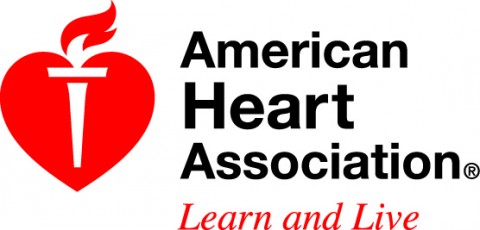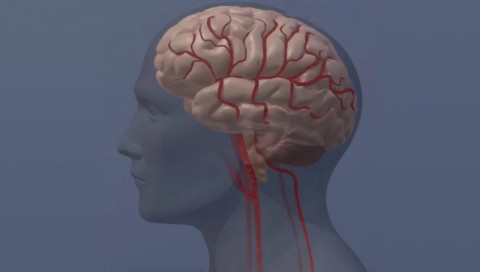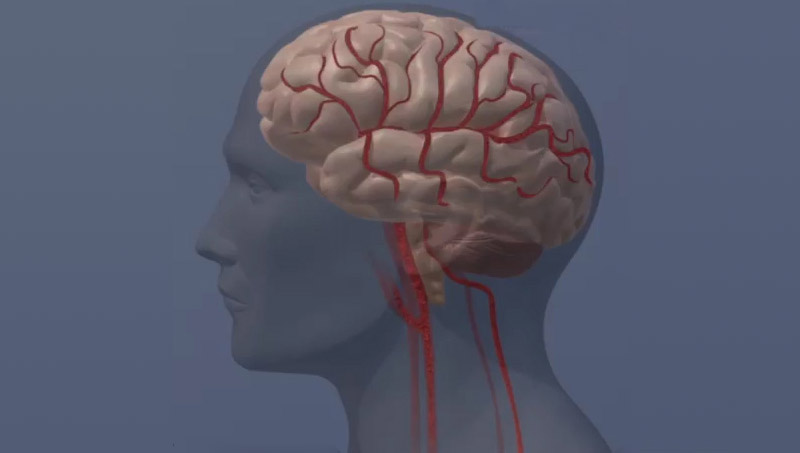American Heart Association Rapid Access Journal Report
 Dallas, TX – Lowering the body’s temperature of cardiac arrest patients with “non-shockable” heart rhythms increases survival rates and brain function, according to new research in the American Heart Association’s journal Circulation.
Dallas, TX – Lowering the body’s temperature of cardiac arrest patients with “non-shockable” heart rhythms increases survival rates and brain function, according to new research in the American Heart Association’s journal Circulation.
Therapeutic hypothermia is a medical treatment that intentionally lowers the body’s temperature to protect the body following a period of insufficient blood flow due to such events as a cardiac arrest, blood clot or stroke.

Findings from a new study show that therapeutic hypothermia may also benefit comatose cardiac arrest patients with “non-shockable” heart rhythms – those that won’t respond to the defibrillation because there is no pulse or electrical activity in the heart.
Researchers examined data from 519 patients who had a cardiac arrest due to a non-shockable heart rhythm in the Penn Alliance for Therapeutic Hypothermia (PATH) registry between 2000 and 2013.
After adjusting for other factors, researchers found that those who received therapeutic hypothermia were 2.8 times more likely to survive after cardiac arrest and 3.5 times more likely to have better neurologic recovery compared to those who were not cooled.
Cardiac arrest occurs when the heart’s electrical system malfunctions and the heart stops beating suddenly, causing blood to stop pumping to the body. Death can result in minutes without treatment.
“Neurologic injury after cardiac arrest is devastating,” said Sarah Perman, M.D., the study’s lead author and assistant professor of emergency medicine at the University of Colorado in Aurora. “We have one chance to give some form of neuroprotection, and that’s immediately after the arrest.
“Our resources right now are not extensive and our outcomes are still fairly grim. Therapeutic hypothermia is one therapy we do have in our arsenal, and if a patient is comatose after arrest, it’s very important to consider applying this therapy, specifically in patients who are neurologically injured,” she said.
Despite established guidelines for the use of therapeutic hypothermia in patients who suffer cardiac arrest, adoption of this practice has been low, especially for in-hospital cardiac arrest patients and those who arrest with initial non-shockable rhythms.
However, the researchers encourage more research into the use of neuro-protective strategies for cardiac arrest patients with non-shockable rhythms such as the use of therapeutic hypothermia.
Co-authors are Anne Grossestreuer, M.S.; Douglas Wiebe, Ph.D.; Brendan Carr, M.D., M.S.H.P.; Benjamin Abella, M.D., M.Phil.; and David Gaieski, M.D. Author disclosures are on the manuscript.



